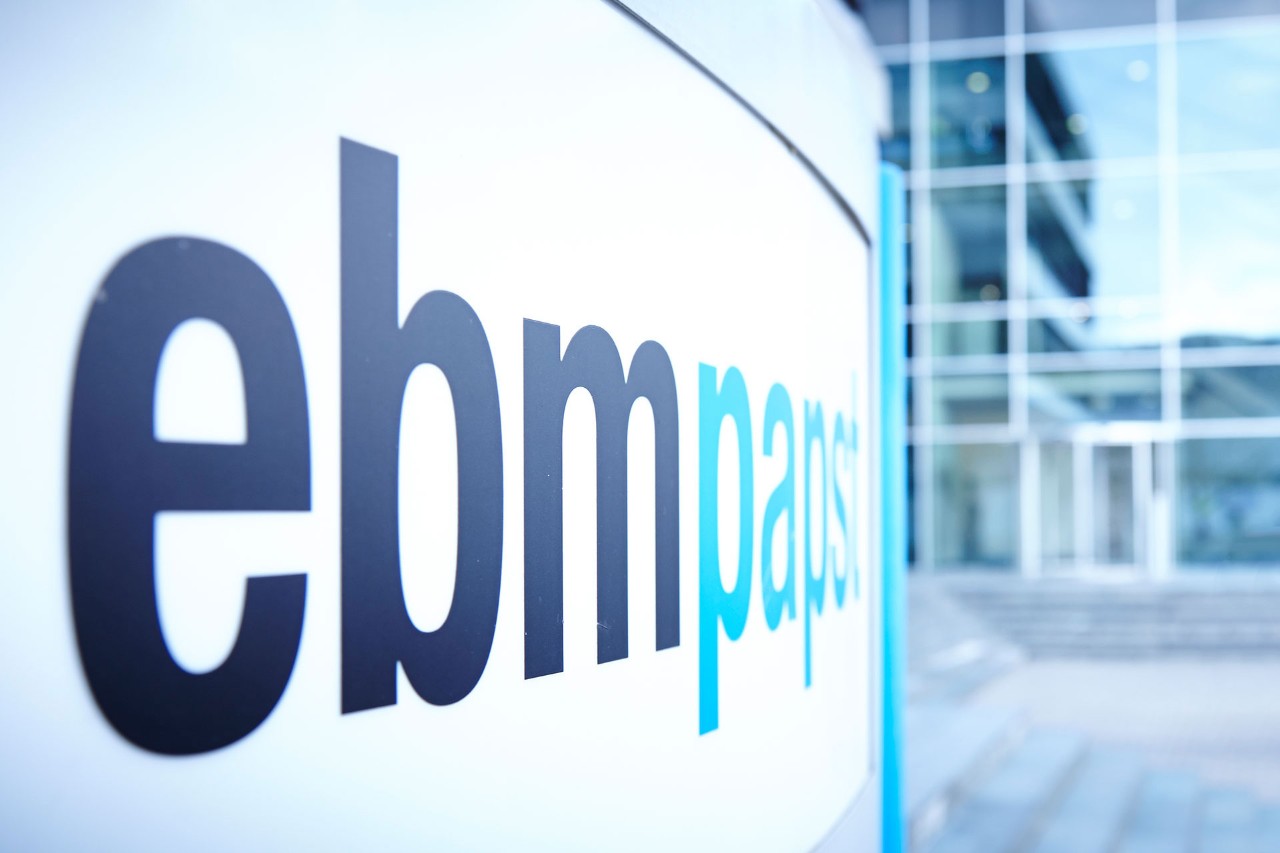Earlier this year in 2021 budget statement given by Mr. Heng Swee Keat, our Deputy Prime Minister and Minister for Finance, the Singapore Green Plan 2030 was outlined. The Green Plan aims to advance Singapore’s national agenda on sustainable development [1].
One of the key targets is to further reduce energy consumption in buildings and green 80% of all new and existing building stock in Singapore by 2030[2]. Keeping this target in mind, all new buildings in recent year are designed with sustainability concept embedded from the onset. However, the issue we are facing now is upgrading the existing buildings, which form the main bulk of building stock in Singapore [3], to meet the current green standards. Undoubtedly, retrofitting an existing building is almost always the more sustainable option than tearing it down.
It is no doubt that our purpose of retrofitting old buildings is to make them more energy-efficient. Reducing energy consumption by greater energy efficiency is therefore the cornerstone to a successful retrofit project. However, deploying energy efficient solutions in old building poses greater challenges in contrast with new buildings.
Firstly, it is common not being able to have the complete set of blueprints and manuals. Some manuals or documents could have been missing after years of operation. In order to know how the equipment or system works, the only solution is to visit the site.
Secondly, the outdated system in old buildings normally needs a flexible solution to integrate the new system with the existing one. In some buildings, it is even impossible to interface old equipment, such as fans, using present-day technologies or protocols. Even if there is a way to do it, the equipment performance could be largely compromised.
Thus, it requires facility managers and consultants putting in much effort to understand the role each system is playing in the old building then overcome the constraints and limitations posed by the old system settings.
Moreover, MEP systems such as HVAC equipment and monitor devices sometimes are not necessarily a one-time project. Peripheral-field devices such as sensors and monitoring system may need regular calibration and re-programming to ensure the data accuracy.
Consequently, building owners need to adopt different approaches to improve the sustainability level of the buildings throughout their life cycle. There is no one generic retrofit plan that can be applied to all buildings. Despite much brainstorming and a well-thought-out design called for, retrofitting old buildings is, without a doubt, still the big game-changer in terms of energy, cost and carbon emission reduction.
Article by
Marketing Department of ebm‑papst SEA Pte Ltd
References:
[1] “Budget 2021: Building a sustainable Singapore”, published on Gov.sg (a Singapore Government Agency Website), 17 Feb 2021, Retrieved from https://www.gov.sg/article/budget-2021-building-a-sustainable-singapore on 4th March 2021
[2] “Singapore Green Plan 2030” Retrieved from https://www.greenplan.gov.sg/ on 4th March 2021
[3] “Existing Building Retrofit”, published by Building and Construction Authority, 2010. Retrieved from https://www.bca.gov.sg/greenmark/others/existingbldgretrofit.pdf on 4th March 2021.
